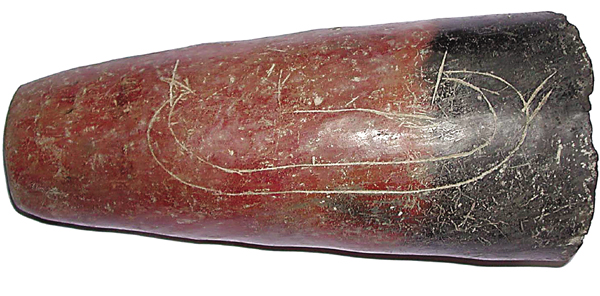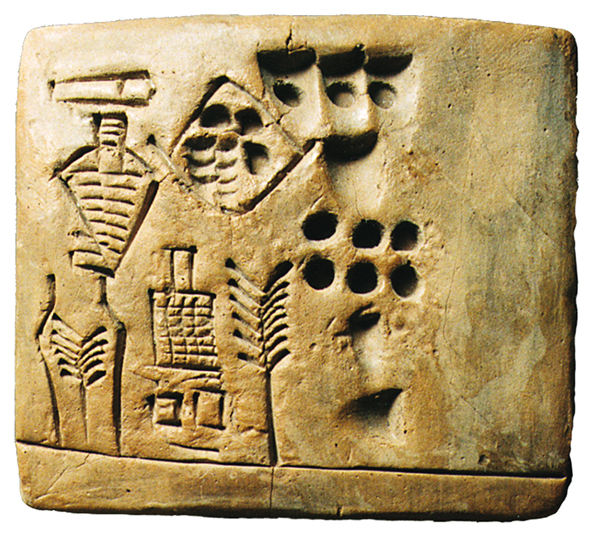The Earliest Writing
Sidebar to: Scrolls, Scripts and Stelae

Schøyen’s collection includes examples of the world’s first writing systems—from China, the Indus Valley, Sumeria and Egypt. Incised on the side of the red and black clay jar (above) from 3500–3100 B.C. Egypt are a boat and, hovering by it, an oar. Because it does not seem to be an artistic depiction of boat travel (there is no one in the boat), it may represent an early pictorial script. If so, it is (along with a similar piece in Oxford’s Ashmolean Museum) the oldest known example of Western writing, predating Egyptian hieroglyphs and Sumerian cuneiform.

A 31st-century B.C. clay tablet from Uruk, Sumer (above) is more clearly a piece of pictographic writing. It is an order for 134,813 liters of barley to be delivered, over three years, to the brewery at the Inanna temple in Uruk. It conveys this message with a pictorial description of the brewing process—right to left from center: a stalk of barley; then a building with a chimney (the brewery) and lastly the barley inside a bottle or jar. It is also the earliest known representaion of an industrial process.
Already a library member? Log in here.
Institution user? Log in with your IP address.

